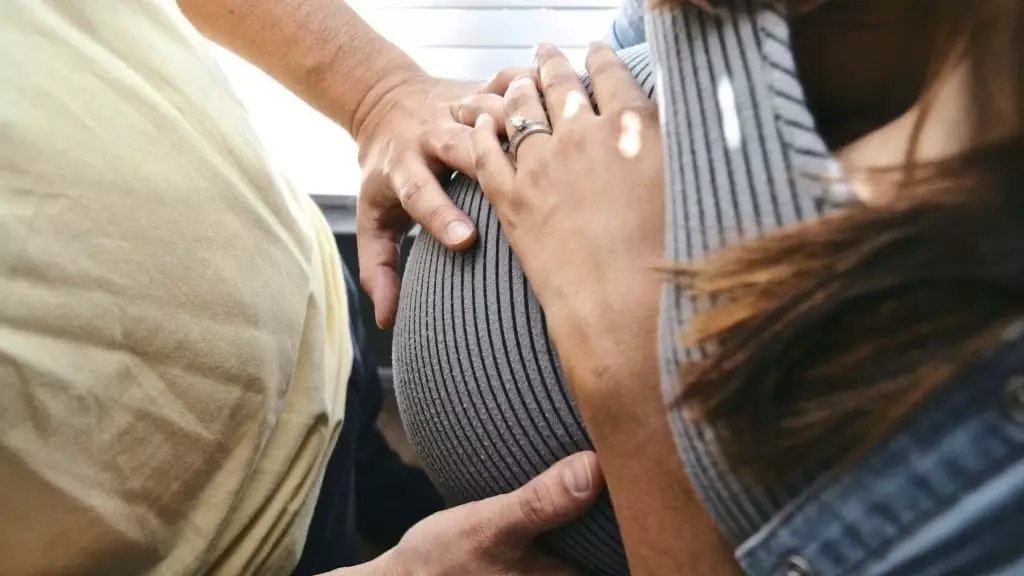Congratulations are in order! If you and your partner have successfully navigated through the first trimester of pregnancy, it’s time to take a breather and acknowledge the challenges you have overcome. Known for its bouts of nausea and fatigue, the first trimester often feels like the longest leg of the journey. As you step into the second trimester, a world of new experiences awaits, typically characterized by a notable shift towards comfort and excitement for both partners. This phase, encompassing weeks 13 to 27, often brings relief and a surge in energy levels as physical changes unfold.
The second trimester holds remarkable milestones in your baby’s development. At the beginning of this term, your little one is about the size of a lemon, with essential features like closed eyelids and a budding ability to sense light. By week 17, expect the delightful flutter of movement as your baby begins to explore the confines of the womb—an encouragement that marks the beginning of an exciting journey.
As the weeks progress toward the 20th week, the baby’s senses further evolve; they can hear sounds and start developing fine hair—such sweet yet subtle developments. By the time you reach 24 weeks, one of the most significant milestones occurs—viability. This is when your baby could potentially survive outside the womb with medical intervention, a transformative moment that signifies the gravity of the journey ahead. The end of the second trimester sees your baby gaining weight, with significant sensory developments underway, including the opening of their eyes and the emergence of sleep cycles.
For the mother-to-be, the second trimester is akin to stepping out of a fog. Many women experience a significant reduction in unpleasant symptoms such as morning sickness, providing a welcomed sense of normalcy. Increased energy levels and the physical manifestation of pregnancy through a growing baby bump make this trimester particularly exciting. As a partner, this is a time to embrace change alongside your significant other and actively participate in the joys that come with it.
Expect physical transformations such as changes in body shape and the sense of movement as the baby kicks. Although some women may feel fetal movements around 17 weeks, many first-time mothers may not experience this until closer to the 20 to 23-week mark. It’s a beautiful period marked by newfound vibrancy and anticipation.
As you navigate these exhilarating changes, your supportive role is invaluable. A sense of partnership is critical to making this experience enriching for both individuals. Here are a few thoughtful ways to support your pregnant partner:
1. Promote Physical Well-Being: As energy levels improve, exercise together. Whether it’s a gentle walk or prenatal yoga, shared physical activity can boost both your and your partner’s health.
2. Celebrate Her Changes: As her body transforms, be her cheerleader. Compliment her, and offer to assist in acquiring new maternity clothes that flatter her beautiful curves.
3. Bond with Your Baby: Invest in books that you can read to your little one. Your voice is now a source of comfort and familiarity for your baby, enabling early bonding.
4. Create Special Moments: Plan activities that allow you to connect and celebrate your growing family. Extra date nights or short getaways can help strengthen your relationship and create lasting memories.
The second trimester provides a precious opportunity for you as a couple to revel in this remarkable journey together. It is a time filled with joy, development, and connection, both with one another and with your baby. Embrace this phase, and cherish the moments, knowing that both you and your partner are not only welcoming a new life but also deepening your bond as a family.

